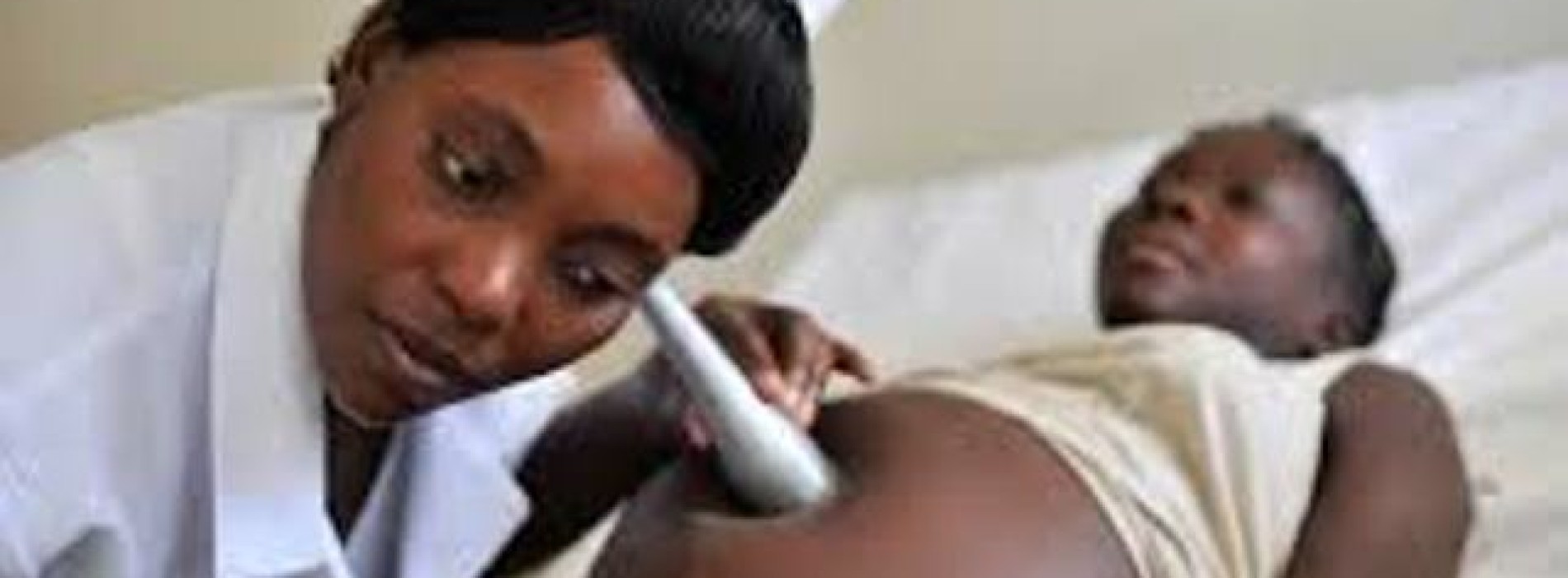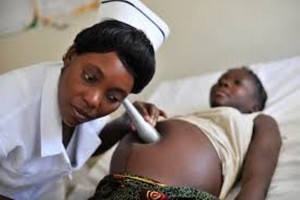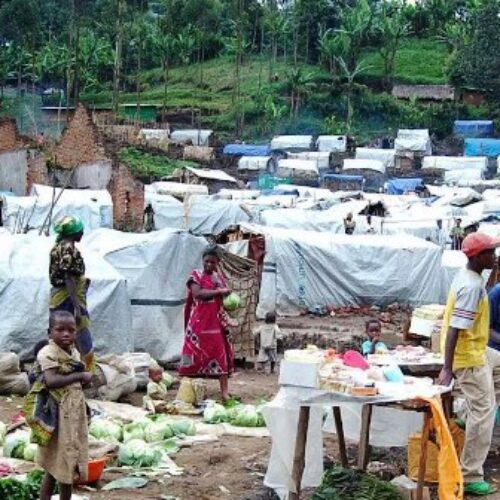Maternal deaths declines worldwide – UN Report
Latest report from WHO, UNICEF, UNFPA, World Bank Group and the United Nations Population Division has revealed that maternal mortality has fallen worldwide by 44% since 1990.
According to the report, maternal deaths around the world dropped from about 532 000 in 1990 to an estimated 303 000 this year, the last in a series that has looked at progress under the Millennium Development Goals (MDGs). This equates to an estimated global maternal mortality ratio (MMR) of 216 maternal deaths per 100 000 live births, down from 385 in 1990.
Maternal mortality is defined as the death of a woman during pregnancy, childbirth or within 6 weeks after birth.
“The MDGs triggered unprecedented efforts to reduce maternal mortality,” said Dr Flavia Bustreo, WHO Assistant Director-General, Family, Women’s and Children’s Health. “Over the past 25 years, a woman’s risk of dying from pregnancy-related causes has nearly halved. That’s real progress, although it is not enough. We know that we can virtually end these deaths by 2030 and this is what we are committing to work towards.”
Achieving that goal will require much more effort, according to Dr. Babatunde Osotimehin, the Executive Director of UNFPA, the United Nations Population Fund. “Many countries with high maternal death rates will make little progress, or will even fall behind, over the next 15 years if we don’t improve the current number of available midwives and other health workers with midwifery skills,” he said. “If we don’t make a big push now, in 2030 we’ll be faced, once again, with a missed target for reducing maternal deaths.”
The analyses contained in Trends in Maternal Mortality: 1990 to 2015 – Estimates by WHO, UNICEF, UNFPA, World Bank Group and the United Nations Population Division are being published simultaneously in the medical journal The Lancet.
Ensuring access to high-quality health services during pregnancy and child birth is helping to save lives. Essential health interventions include: practising good hygiene to reduce the risk of infection; injecting oxytocin immediately after childbirth to reduce the risk of severe bleeding; identifying and addressing potentially fatal conditions like pregnancy-induced hypertension; and ensuring access to sexual and reproductive health services and family planning for women.
Uneven gains
Despite global improvements, only 9 countries achieved the MDG 5 target of reducing the maternal mortality ratio by at least 75% between 1990 and 2015. Those countries are Bhutan, Cabo Verde, Cambodia, Iran, Lao People’s Democratic Republic, Maldives, Mongolia, Rwanda and Timor-Leste. Despite this important progress, the MMR in some of these countries remains higher than the global average.
“As we have seen with all of the health-related MDGs, health system strengthening needs to be supplemented with attention to other issues to reduce maternal deaths,” said UNICEF Deputy Executive Director, Geeta Rao Gupta. “The education of women and girls, in particular the most marginalized, is key to their survival and that of their children. Education provides them with the knowledge to challenge traditional practices that endanger them and their children.”
By the end of this year, about 99% of the world’s maternal deaths will have occurred in developing regions, with Sub-Saharan Africa alone accounting for 2 in 3 (66%) deaths. But that represents a major improvement: Sub-Saharan Africa saw nearly 45% decrease in MMR, from 987 to 546 per 100 000 live births between 1990 and 2015.
The greatest improvement of any region was recorded in Eastern Asia, where the maternal mortality ratio fell from approximately 95 to 27 per 100 000 live births (a reduction of 72%). In developed regions, maternal mortality fell 48% between 1990 and 2015, from 23 to 12 per 100 000 live births.
Working towards ending preventable maternal deaths
A new Global Strategy for Women’s, Children’s and Adolescents’ Health, launched by the UN Secretary General in September 2015, aims to help achieve the ambitious target of reducing maternal deaths to fewer than 70 per 100 000 live births globally, as included in the Sustainable Development Goals (SDGs). Reaching that goal will require more than tripling the pace of progress – from the 2.3% annual improvement in MMR that was recorded between 1990 and 2015 to 7.5% per year beginning next year.
The Global Strategy highlights the need to reinforce country leadership by mobilizing domestic and international resources for women’s, children’s and adolescents’ health. It will be important to strengthen health systems so they can provide good quality care in all settings, promote collaboration across sectors, and support individuals and communities to make informed decisions about their health and demand the quality care they need. The strategy emphasizes that special attention is imperative during humanitarian crises and in fragile settings, since maternal deaths tend to rise in these contexts.
“The SDG goal of ending maternal deaths by 2030 is ambitious and achievable provided we redouble our efforts,” said Dr Tim Evans, Senior Director of Health, Nutrition and Population at the World Bank Group. “The recently launched Global Financing Facility in Support of Every Woman Every Child, which focuses on smarter, scaled and sustainable financing, will help countries deliver essential health services to women and children.”








0 Comments
No Comments Yet!
You can be first to comment this post!